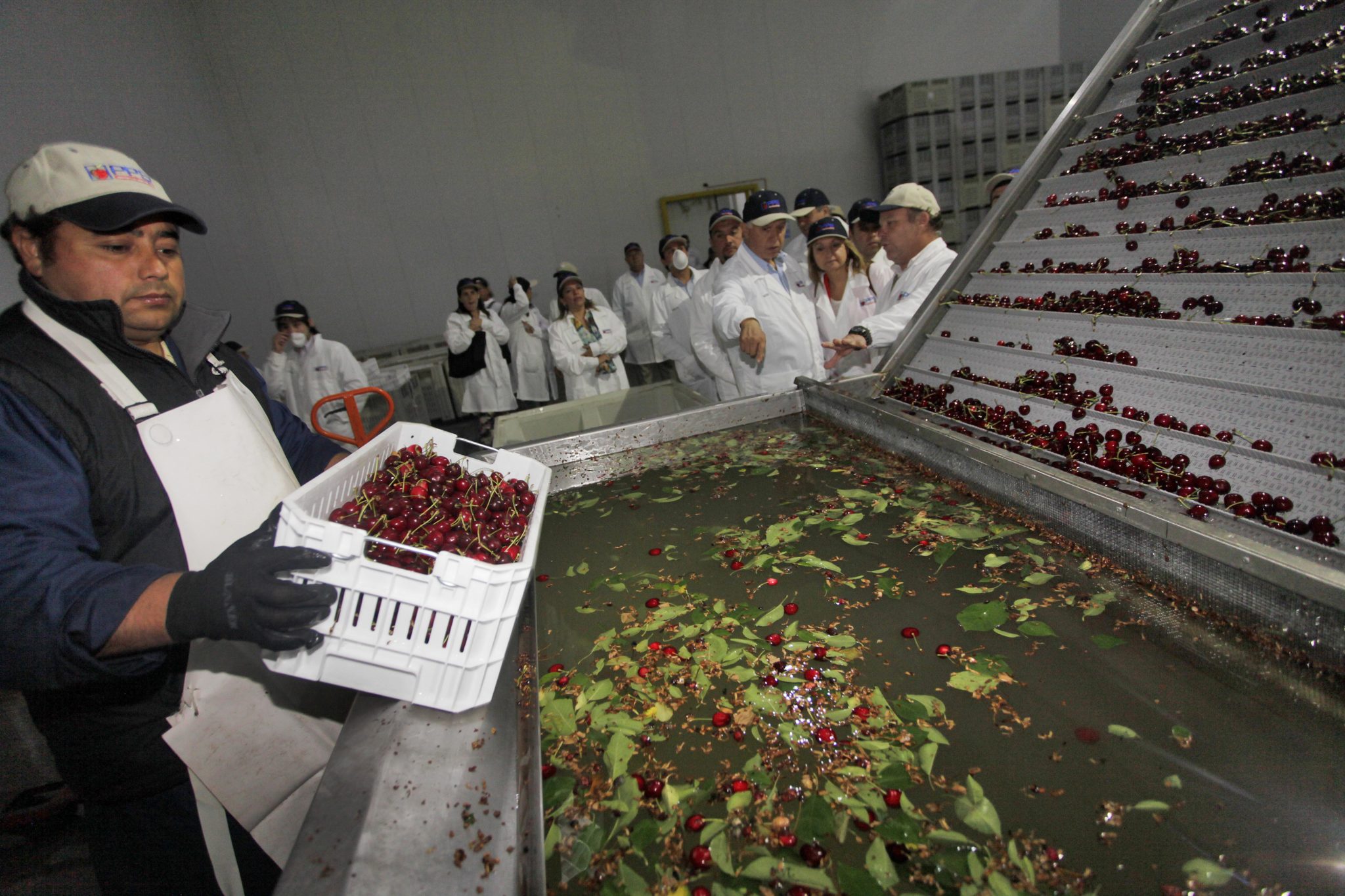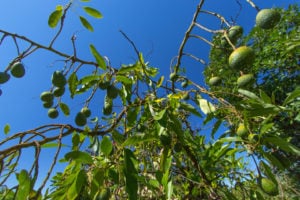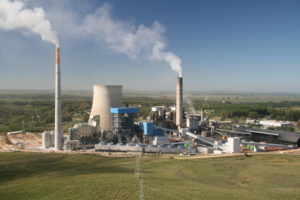Chile is a something of a trailblazer for a Latin American country in its relations with China. It was the first country in the region to cement diplomatic ties with China in 1970, and in 2005 became the first country, not just in Latin America but anywhere in the world, to sign a bilateral free trade agreement (FTA) with the Asian country.
For nearly 50 years, the relationship has been based almost exclusively on trade. Today, just one commodity, copper, accounts for almost 85% of Chile’s total exports to China. This has led to fears about dependence on Chinese demand. While slowing demand for raw materials in China has hurt commodity-exporting Latin American countries’ economies, other structural changes in China – the emergence of a new middle class with a taste for exotic fruits and a better quality of life – has created an unexpected boom, not least for Chile’s agricultural sector.
Fernando Reyes Matta, director of the Latin American Center for China Studies at the Andrés Bello University and a former ambassador to China spoke to Diálogo Chino about “upgrading” the 2005 trade deal, his country’s place in the One Belt, One Road transport infrastructure initiative, and China’s appetite for Chilean cherries.
Diálogo Chino (DC): Chile and China has established numerous “firsts” including the 2005 Free Trade Agreement, the next step is upgrading the deal…
Fernando Reyes Matta (FRM): The agreements we made in 2004-5, over a decade ago, were about economic ties and aspirations for commercial exchanges of that time. Things have changed substantially since then, not least with electronic trade. Others are in the areas of education, scientific and technological cooperation, and the opening up in trade of products that at the time were left out, specifically agro-industrial products. It also now covers China’s concrete interest in lithium, which is an abundant resource in Chile and which will play a decisive role, in the future of the automotive industry.
DC: The 2005 FTA had very few provisions on environmental protection. This has been controversial in China’s relations with other Latin American countries. What must the new deal do to address that?
FRM: When we wrote the FTA in 2005, neither the Paris Agreement, nor all the other assumptions we now understand to be necessary for environmental policy existed. I would say that at that time the fundamental difference was that China wasn’t putting environmental policy forward as a priority. Now it is. And it’s evident that in the last congress of the communist party, for example, it put forward the concept of obliging its political leadership, beyond the four areas of politics, economics, society and culture, to create an “ecological civilization”. This means a lot in terms of the policy orientation that China has to take forward. Its leaders know that environment constitutes a very strong set of demands from Chinese citizens that they won’t step back from. This is a new space for cooperation and relations between China and Chile through the new FTA.
DC: How much concern is there in Chile that the country is dependent on Chinese demand for copper?
FRM: Copper constitutes about 80-85% of Chile’s exports to China but copper is also the main factor in Chile’s exports to the rest of the world, though China is the biggest (buyer). If we look at Chile’s exports to China, copper is the main area. But what’s new? The huge, absolute terms expansion in agro-industry. There’s one important stat: Chile is now the main supplier of fruits to China. Above even Thailand! We always thought it would be impossible [to replace] a country like Thailand, which is next door and has direct links. This means a huge increase in jobs in central Chile. This [growth in] agro-industry is evidence of an unexpected and subtle phenomenon. As soon as the market opened-up, given the knowhow Chile has to produce perfect cherries, packed at the right moment for the Chinese New Year, [trade in] cherries alone hit hundreds of millions of dollars.
DC: Chile’s exports to China include a lot of avocados, a product that is very water-intensive in its production…
FRM: Just, on this last [presidential] visit [to Beijing in May] we signed an agreement to allow Chilean avocados to enter the Chinese market. This represents a big challenge for avocado producers, which already have a lot of capacity to export, but which have a long-held ambition to export to the Chinese market. This will have a very significant impact on Chile’s agro-industrial exports.
DC: In central Chile there has been conflict between medium and large avocado producers over access to water, will this increase along with Chinese demand?
FRM: I can only say that what the ministry of agriculture is doing, along with the ministry of public works, is to build new water tanks and develop a policy on shortages, because our agro-industrial development is key. Sometimes there are tensions between the use of water by mining, and the need for water by our so-called small producers. But until now we’ve maintained a clean sector, the difficult thing for water resources is the impacts of climate change that we’re experiencing.
DC: You were recently in Beijing for the inaugural One Belt, One Road (OBOR) Summit. How can Chile benefit from this initiative? It mostly aims to connect Asia, Europe and Africa.
FRM: It’s certainly the case that 21st century Silk Road has as its predominant aim the reconstruction of links with Africa, Europe and the Mediterranean. But we have to remember that one of the key links that existed in the 16th,17th and 18th centuries was between Manila and Acapulco. For three centuries it was key in the trade between Asia, Latin America and Europe. The old Silk Road, historically speaking, was sustained by the possibility of overland and overseas links. Today’s version aims to reconstruct overland routes with new infrastructure, including rail. We have to remember that are two routes that weren’t there in the old one: aerial and digital routes. The aerial route is already starting to function. In January and February more than 50 flights carrying Chilean cherries were made between Santiago and Shanghai. There is also the productive potential of digital networks. Chile is putting forward an idea that seems a bit futuristic, but it’s already been initially accepted on the Chinese side – to lay an underwater fibreoptic cable that directly links China and Latin America, entering via Chile. We’ve got the Chinese authorities to agree to carry out a feasibility study.
DC: You will be coordinating the second summit of China and the Community of Caribbean and Latin American states [in Santiago in 2018], this will give us a chance to see what has changed in China-Latin America relations…
FRM: In January 2015 [when the first summit was held], the Sustainable Development Goals (SDGs) didn’t exist, nor did the 2030 Agenda, which was agreed in September 2015. If we take the 2030 agenda into account along with its 17 objectives, we already have some common objectives between China and Latin America. So through this [China-CELAC] platform there are opportunities which, beyond the range of tensions which Latin America is living today – deep divisions which are undeniable – there are certain areas of consensus and common tasks on which we can work with a shared vision. Without doubt the most clear-cut is how to end poverty definitively. This is a pending concern for China, as it is for Latin America. Secondly, we have similar challenges relating to the emerging middle classes. In China, they have a new phenomenon of 350 million people considered to be in this bracket. In Latin America, many countries have seen accession to the middle classes. So there are new demands on the quality of life, new demands on education, new demands on the quality of life in cities, on urban development.









